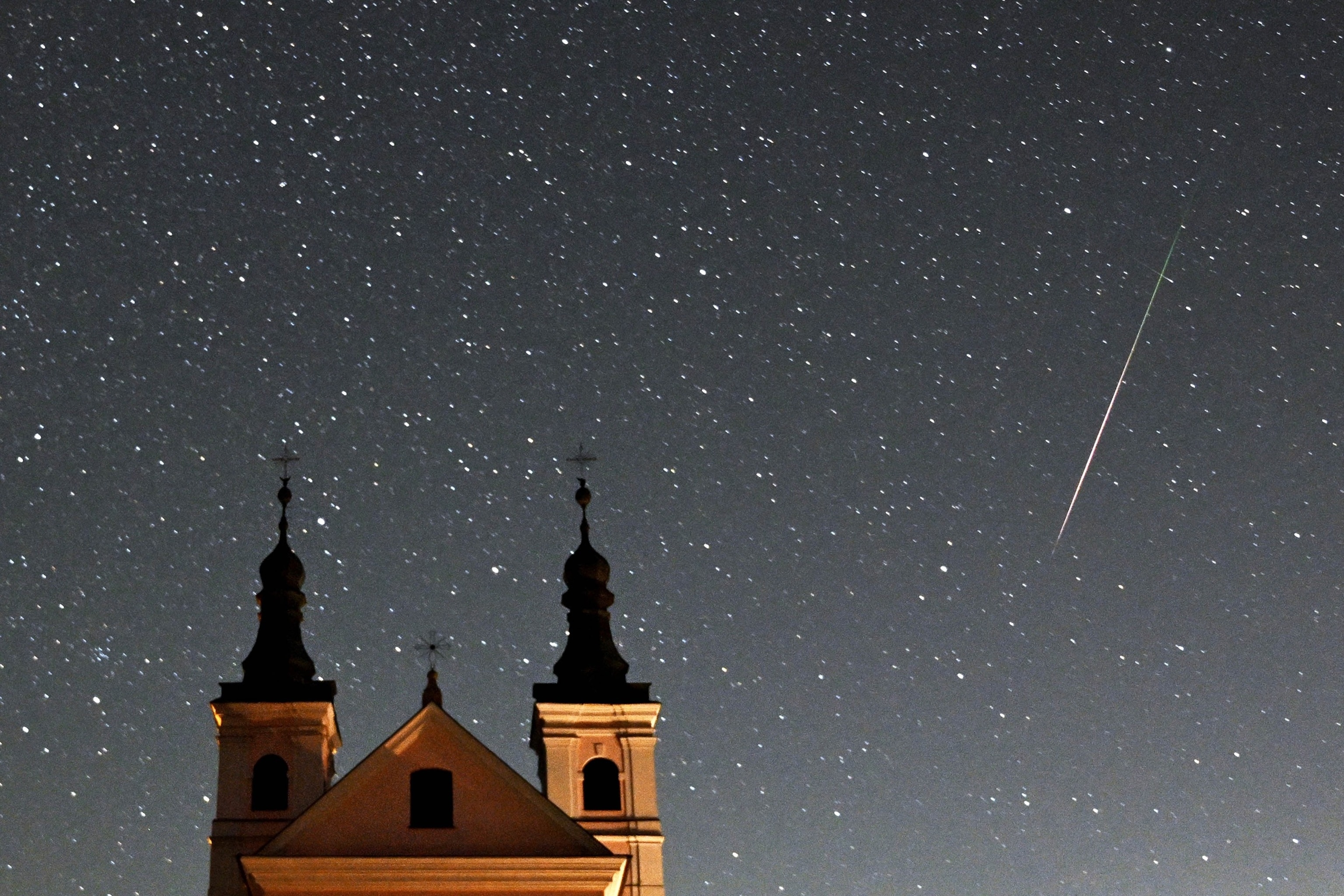Every summer, the Earth drifts through a celestial dust cloud, setting off a much-anticipated event for those who enjoy observing the night sky. This occurrence, called the Perseid meteor shower, is an annual show that attracts both hobbyist astronomers and curious onlookers. Its dependable timing and the generally favorable weather during its peak period create a perfect opportunity for families, experienced star-watchers, and anyone interested in observing some of the universe’s magic.
The origin of the Perseids can be traced back to Comet Swift-Tuttle, a celestial body that orbits the sun once every 133 years. As this comet travels through space, it leaves a trail of dust and rock particles in its wake. When our planet intersects this trail, these small pieces of cosmic debris, often no bigger than a grain of sand, collide with Earth’s atmosphere at incredibly high speeds. The friction from this collision causes them to heat up and glow, creating the brilliant streaks of light we know as meteors.
While the meteor shower continues for a few weeks, the most impressive show takes place during its yearly height. This is when Earth travels through the thickest section of the comet’s debris field, leading to the greatest concentration of meteors per hour. The exact moment of this peak may differ a bit each year, yet it consistently happens in mid-August. To have the best experience, it’s crucial to arrange your observation for the night of the peak and the nights right before and after it.
Successful meteor shower viewing hinges on a few key factors, with the most critical being the quality of the sky. The best viewing locations are those far from the light pollution of cities and towns, as a darker sky will make fainter meteors visible. The moon’s phase also plays a significant role; a new moon or a thin crescent moon will provide the darkest skies, maximizing the number of meteors you can see. If the moon is full or close to it, its brightness can wash out all but the brightest fireballs.
To get ready for an evening of star-watching, it’s advisable to locate a clear spot with an expansive view of the sky. Bringing a cozy chair or a blanket is suggested, as you’ll likely be gazing upwards for a prolonged period. It’s important to give your eyes time to adapt to the dark for a minimum of 30 minutes. In this time, refrain from glancing at bright lights, like your phone’s display, since this can disrupt your night vision.
The Perseids get their name because the meteors appear to originate from a single point in the sky known as the radiant, located in the constellation Perseus. While the radiant is the point from which the meteors seem to radiate, they can appear anywhere in the sky. To increase your chances of seeing one, it’s best to look up and away from the radiant. This way, you’ll catch the meteors with longer and more dramatic tails as they streak across the heavens.
The Perseid shower is renowned for producing a high number of bright meteors, including a significant amount of fireballs, which are exceptionally bright meteors that can cast shadows and be seen over a wide area. These brilliant flashes of light are created by larger pieces of debris from Comet Swift-Tuttle. Catching a fireball is a truly unforgettable experience, and the Perseids are known for offering some of the best opportunities to do so each year.
The examination of meteor showers provides scientists with a distinctive perspective on the history of our solar system. Through the analysis of dust and rock elements that form meteors, researchers gain insights into the composition of the originating comets and the environment of the early solar system. This area of science greatly depends on observations from both professionals and enthusiasts, making each Perseid shower an important opportunity for gathering data.
Observing the Perseid meteor shower is more than just watching a light show; it is a chance to connect with the cosmic cycles of our solar system. The shower’s reliability, combined with the ideal viewing conditions of the summer months, makes it a perfect entry point for anyone interested in astronomy. By following a few simple steps—finding a dark sky, allowing your eyes to adjust, and simply looking up—you can be a part of this annual astronomical tradition and witness the fleeting beauty of a cosmic dance.

